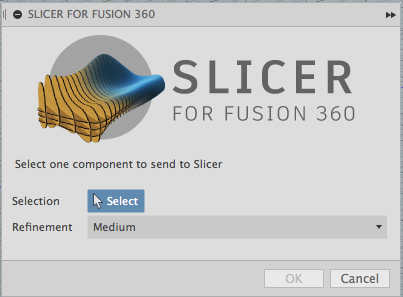

While the minimum requirements for fully living, bio-augmented ELMs are cell viability and metabolic activity, the implementation of ELMs at their fullest potential requires advanced manufacturing processes to fabricate desired 3D form factors, in addition to establishing a synergy between the embedded cells and polymer matrix for material performance. In both cases, the polymeric material does not serve simply as a passive containment matrix for cells, but rather a chemical canvas upon which synergy between the cells and polymer matrix can be exerted. Bio-augmentation occurs when in situ production of chemical agents introduces a new function or capability to the material, and/or contributes to material properties in manner that is complementary to the existing polymer matrix. The synergistic effect of coupling living cells with abiotic material components enables bio-augmentation of material properties and function. ELMs have the potential to attain a level of precision, control, responsiveness, and chemical recyclability unachievable with traditional, abiotic materials. The convergence of synthetic biology and polymer science has led to the rapid emergence of ELMs, which are biocomposite materials composed of engineered cells embedded within polymeric matrices. Finally, the assembly of the 3D printed ELM components into mechanically functional bolts and gears to showcase the potential to create functional ELMs for synthetic living machines is demonstrated. These microbial metabolites bioaugmented the properties of the BSA-PEGDA matrix by enhancing the stiffness ( l-DOPA) or resistance to enzymatic degradation (betaxanthin).

Second, the continuous in situ production of l-DOPA, naringenin, and betaxanthins from the engineered cells encapsulated within the BSA-PEGDA matrix is demonstrated.

The BSA-PEGDA matrix afforded hydrogels that are mechanically stiff and tough for use in load-bearing applications. First, aqueous resins are developed comprising bovine serum albumin (BSA) and poly(ethylene glycol diacrylate) (PEGDA) with engineered microbes for vat photopolymerization to create objects with a wide array of 3D form factors. Herein, the additive-manufacturing of ELMs wherein bioproduction of metabolites from the encapsulated cells enhanced the properties of the surrounding matrix is demonstrated. While the cellular platform and the polymer network determine the material properties and applications, there are still gaps in the ability to seamlessly integrate the biotic (cellular) and abiotic (polymer) components into singular materials, then assemble them into devices and machines. Engineered living materials (ELMs) combine living cells with polymeric matrices to yield unique materials with programmable functions.


 0 kommentar(er)
0 kommentar(er)
